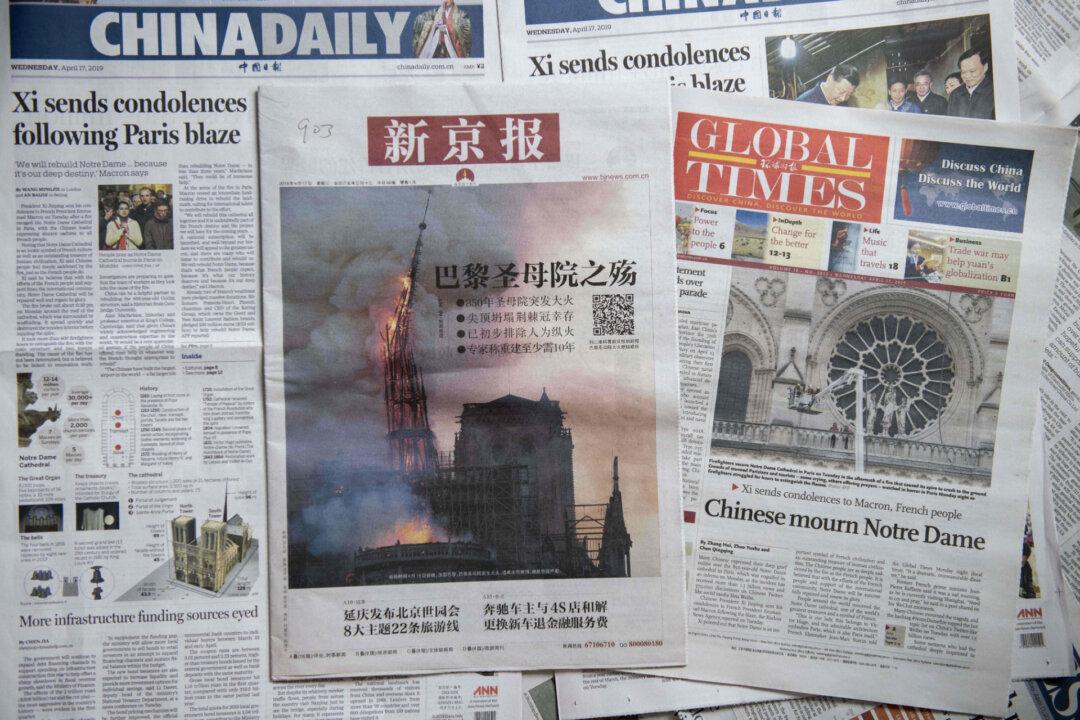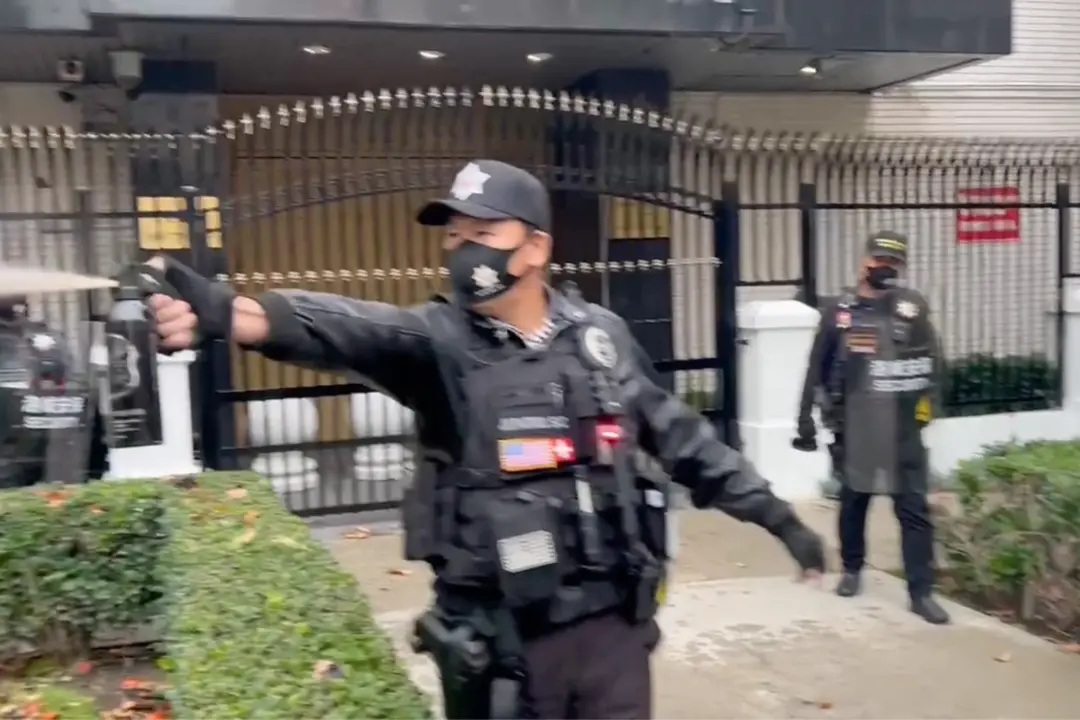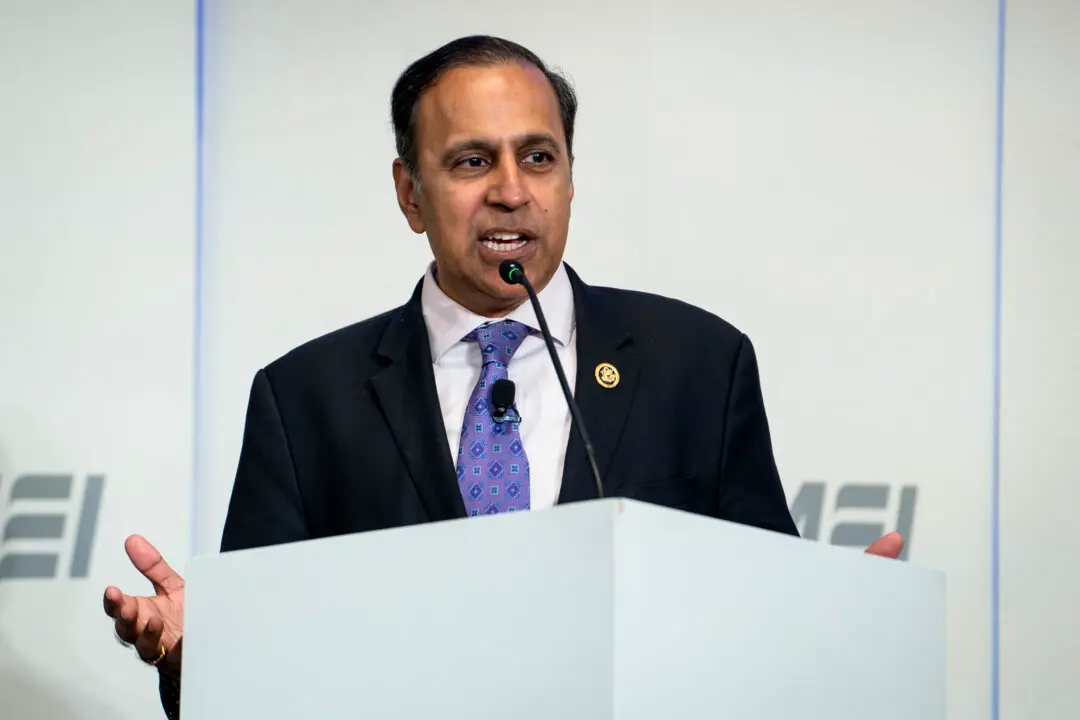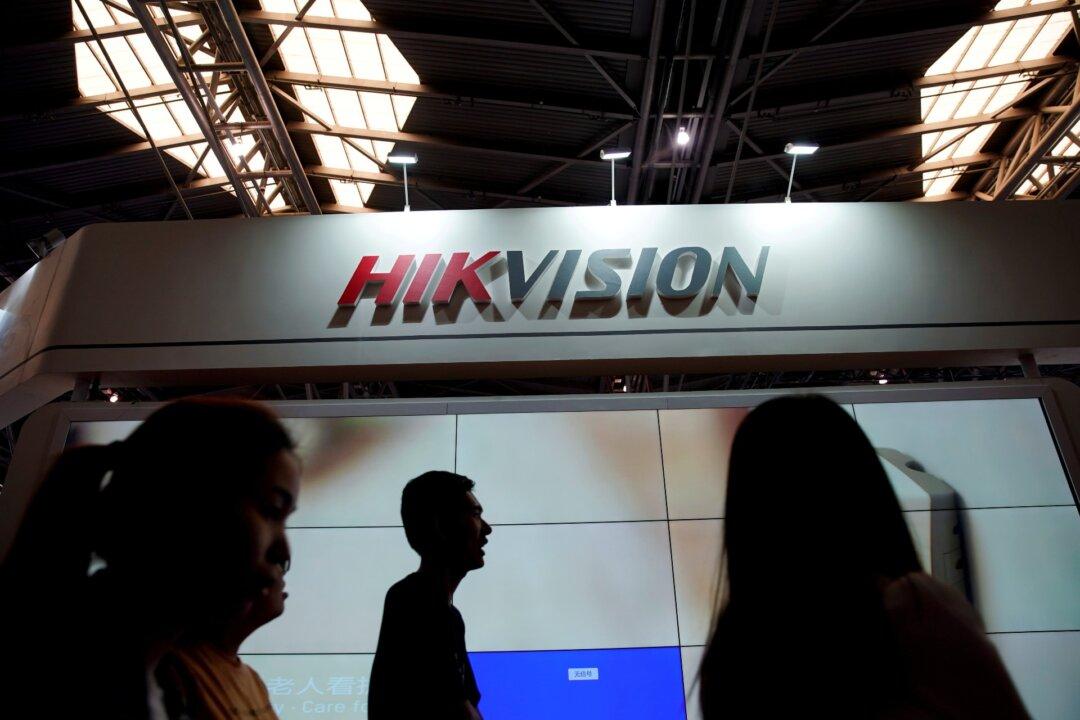The Chinese regime is running an “extensive and sophisticated long-term” media outreach campaign to amplify its propaganda narrative globally, according to a survey by the world’s largest journalist organization.
In the survey released on June 23 and conducted with members of the Brussels-based International Federation of Journalists (IFJ) in 58 countries and territories, two-thirds of respondents said China was creating a “visible presence” in their national media.





